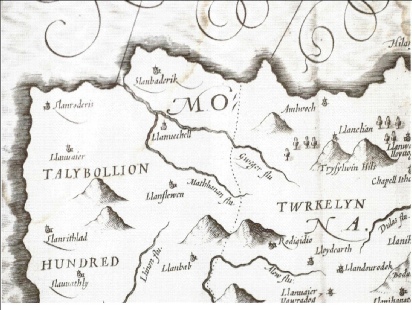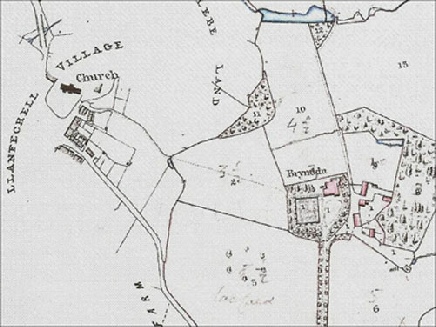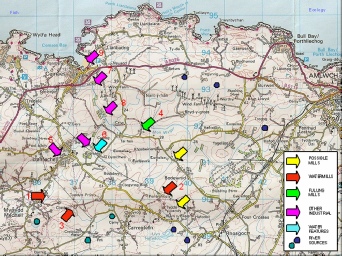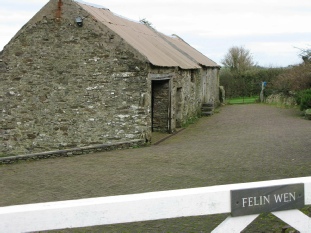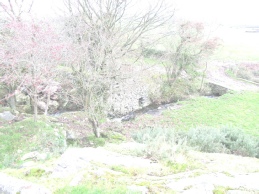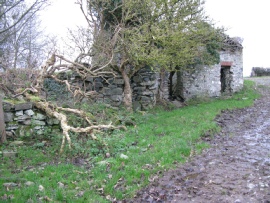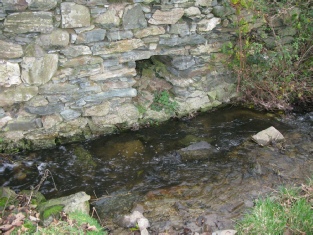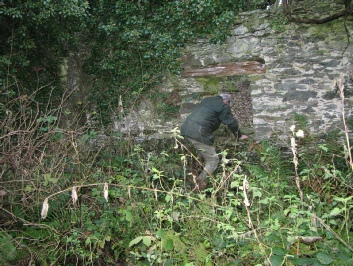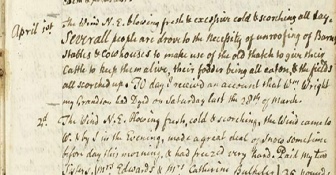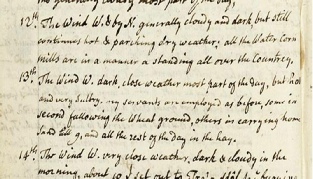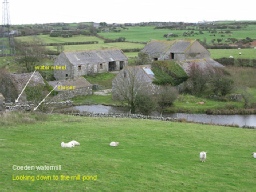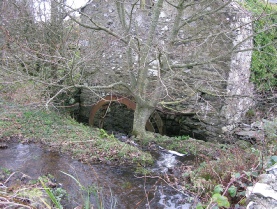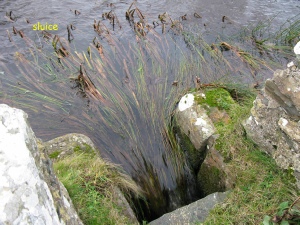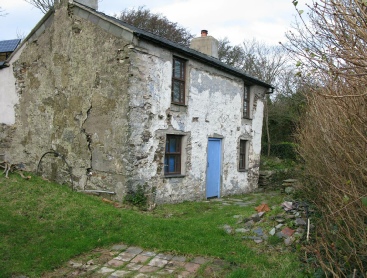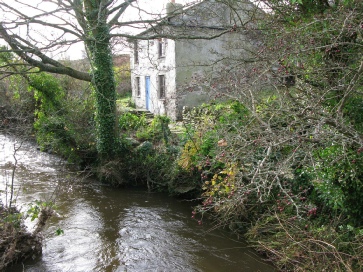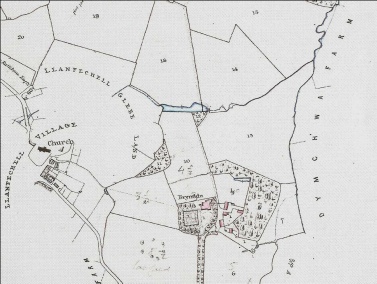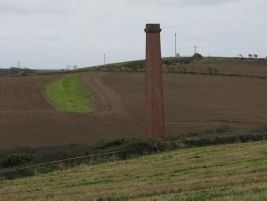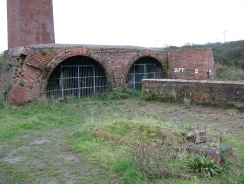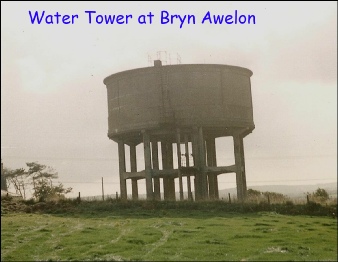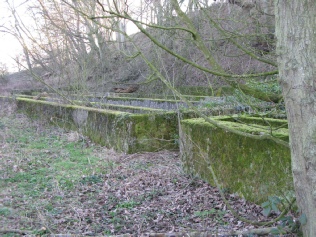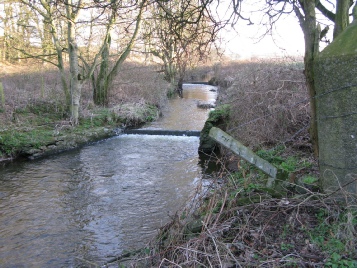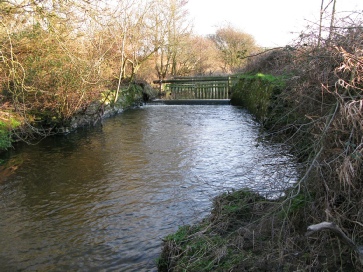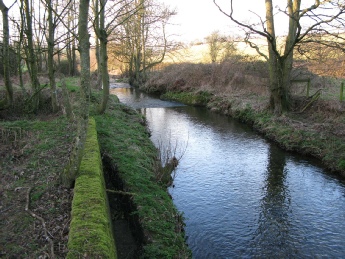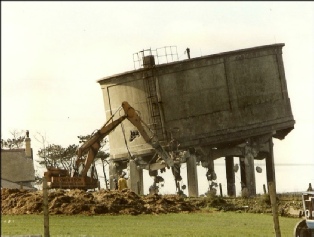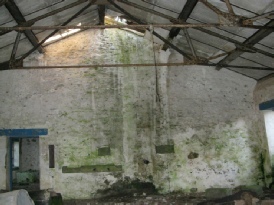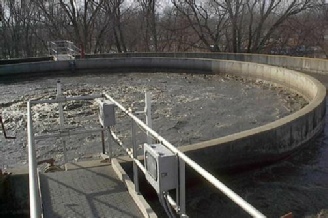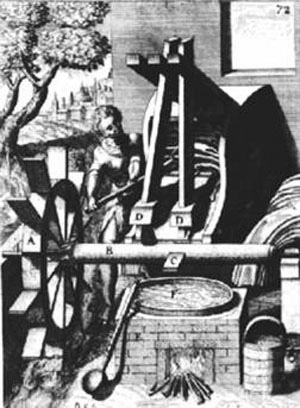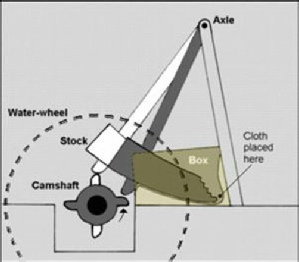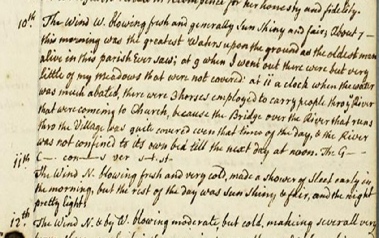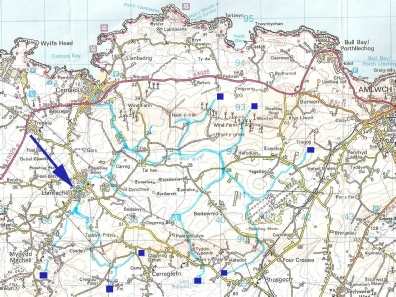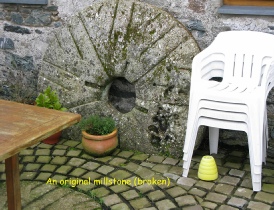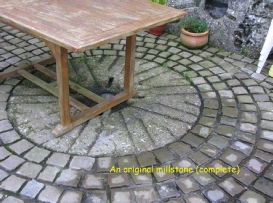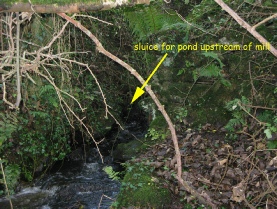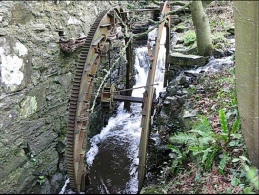
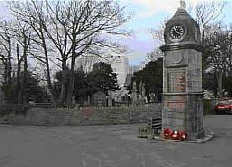
Cymdeithas Hanes Mechell

The Demography of Llanfechell 1851 & 1901
William Bulkeley and the poor of Llanfechell
Llanfechell in the early 19th Century
with thanks to Mr Robin Grove White and Mr Mike Harris
*******************************************************
Click on all maps and photogrtaphs for larger versions
The earliest reference to the Wygyr -
1. 'The Triads of Wales' ('Triddoedd Ynys Pridain') – c. 10th century:
'Tri porthladd breiniol Ynys Pridain – Porth Ysgewin yng Ngwent, Porth Wygyr ym Mon a Phorth Wyddno yng Ngheredigion'.
2. 'The Extent of Anglesey, 1352' (Anglesey's 'Domesday book')
'... and all the tenants and heirs of these .....gafaelion owe suit to the lord prince's mill at Cemais..'
William Bulkeley's diary
10th December 1749
'This morning was the greatest waters upon the ground as the oldest man as the oldest man in this parish ever saw. And at 9 when I went out there were but very little of my meadows that were not covered. At 11 o'clock when the water was much abated, there were three horses employed to carry people thro the river that were coming to church, because the bridge over the river that runs through the village was quite covered even that time of day, and the river was not confined to its own bed till the next day…'
4th January 1750
'…….. I was today to see the harbour of Cemaes which the last great flood has quite spoiled. The extraordinary rush that ran down at that time through Pwll y Wrach carried off all the sandin the bottom of the river, and tumbled one upon another such heaps of stone, that it looks really frightful, and no ship norboat can lye there.'
8th January1750
...I was all this day at Cemaes, where was met nearly a hundred people of Llanbadrig and Llanfechell parishes with carriages of different kinds, as drags, sledges, and wheel carriages, with iron bars, pick axes, and leavers to carry away the stones with which the late great land flood had choaked up and spoiled the harbour; the people worked all along with such willingness and eagerness, that before night they had quite cleared the harbour, and with part only of the stones they made a pier upon Garreg y Cenyn which will be of great use to break the force of storms upon the harbour. I gave the people 2s 1d worth of ale and spent myself 2d.
3. Lewis Morris -
…Neidia'n lan ddwfr Maddanen…'
*******************************************************
Some historical economic and industrial uses of the Wygyr & Meddanen-
Water mills, fulling mills, weaving, brewing, Brynddu dam, sewage works, waterworks, brickworks, ship building, agriculture.
Felin Wen
Hen Felin Meddanen
location of shaft through wall
discarded shaft-
Melin Y Nant (William Bulkeley's Mill)
Extracts from William Bulkeley’s diary
19th February 1740
1st April 1741
12th July 1741
18th August 1741
Coeden Water Mill
The process of fulling
From the medieval period, the fulling of cloth was often undertaken in a water mill, known as a fulling mill (also as walk mills or tuck mills). In these, the cloth was beaten with wooden hammers, known as fulling stocks. Fulling stocks were of two kinds: falling stocks (operating vertically), used only for scouring, and driving or hanging stocks. In both cases the machinery was operated by cams on the shaft of a waterwheel or on a tappet wheel, which lifted the hammer.
Driving stocks were pivoted so that the ‘foot’ (the head of the hammer) struck the cloth almost horizontally. The stock had a tub holding the liquor and cloth. This was somewhat rounded on the side away from the hammer, so that the cloth gradually turned, ensuring that all parts of it were milled evenly. However, the cloth was taken out about every two hours to undo plaits and wrinkles. The ‘foot’ was somewhat triangular in shape, with notches to assist the turning of the cloth
Description by Celia Fiennes, 1698.
"... but the serge is the chief manufacture; there is a prodigious quantety of their serges they never bring into the market but are in hired roomes which are noted for it, for it would be impossible to have it altogether.
The carryers I met going with it as thick all entring into town, with their loaded
horses, they bring them all just from the loome and soe they are put into the fulling-
violence that if one stands neere it, and it catch a bitt of your garments it would be ready to draw in the person even in a trice; when they are thus scour'd they drye them in racks strained out, which are as thick set one by another as will permitt the dresser to pass between, and huge large fields occupy'd this way almost all round the town which is to the river side; then when drye they burle them picking out all knotts, then fold them with a paper between every fold and so sett them on an iron plaite and screw down the press on them, which has another iron plaite on the top under which is a furnace of fire of coales, this is the hot press; then they fold them exceeding exact and then press them in a cold press; some they dye but the most are sent up for London white".
*******************************************************
*******************************************************
Sewage works
Cemaes Brickworks
Cemaes Waterworks
The Afon Wygyr runs westward from Ysgellog Farm (Amlwch) to the sea at Cemaes.
•Just north west of where the tributary Afon Meddanen joins the Wygyr, there is a derelict industrial building that once supplied water to the village of Cemaes
bentref Cemaes.
Until 1937 the people of Cemaes relied upon a series of public and private wells for their water.
•In 1937 an agreement was made between Sir William Bulkeley Hughes Hunter of Brynddu, and Twrcelyn Rural District Council to build a pumping station (i.e. a ‘waterworks’) on a parcel of land adjoining the river near Carrog farm.
•In exchange for a one-
•In addition, an area of 65 yd2 was assigned for the building of two weirs.
The weirs
Although the 1937 agreement allowed for the construction of TWO weirs, there are in fact a total of FOURTEEN weirs along the river between the junction pool (where the Meddanen meets the Wygyr) and the brickworks near Cemaes. The origin and purpose of these extra weirs has been a source of contention between association members. Were they built as part of the waterworks to maintain levels of water? Were they built to provide better sport for the fishermen – holding pools for the larger fish? Were they built much earlier to maintain the levels of drinking water for livestock? Were some built in association with the brickworks further downstream?
–
The weirs -
The William Bulkeley diaries (www.bangor.ac.uk/archives/) provide some evidence that during very dry summers, the river was dammed to provide drinking water for the cattle:
Water extraction
The Anglesey Archive holds detailed records of water extraction for most of the years following the building of the waterworks in 1937.
The records show that:
–The RDC was allowed to extract as much as it needed, 24hrs a day provided the combined river flow was greater than 150,000 gallons per day
–Below that, the RDC was not allowed to extract between hours of 8am and 4pm.
–In fact, in 1959 for example, 13 million gallons were extracted, equivalent to nearly 25 gallons for each minute of the year
Supply of water
Water extracted upstream from the waterworks was treated (filtered through gravel) and pumped up to a tower at Bryn Awelon, between Carrog farm and Cemaes.
This water tower was finally demolished in 1988, although the waterworks had been running down its operation since the early 1960s.
Originally, the waterworks must have had its own generator to provide electricity
for the pumps, because in 1964 enquiries were made to MANWEB for the provision of
a proper 3-
The waterworks finally ceased operation around 1965 as other schemes came into operation.
Since it stopped working
A police patrol report of the late 1960s mentions vandalism at the waterworks (three broken windows) “now that the plant is no longer maintained”.
Since then, despite various ideas for using the site, the building has become sadly derelict.
*******************************************************
*******************************************************
map 1805

